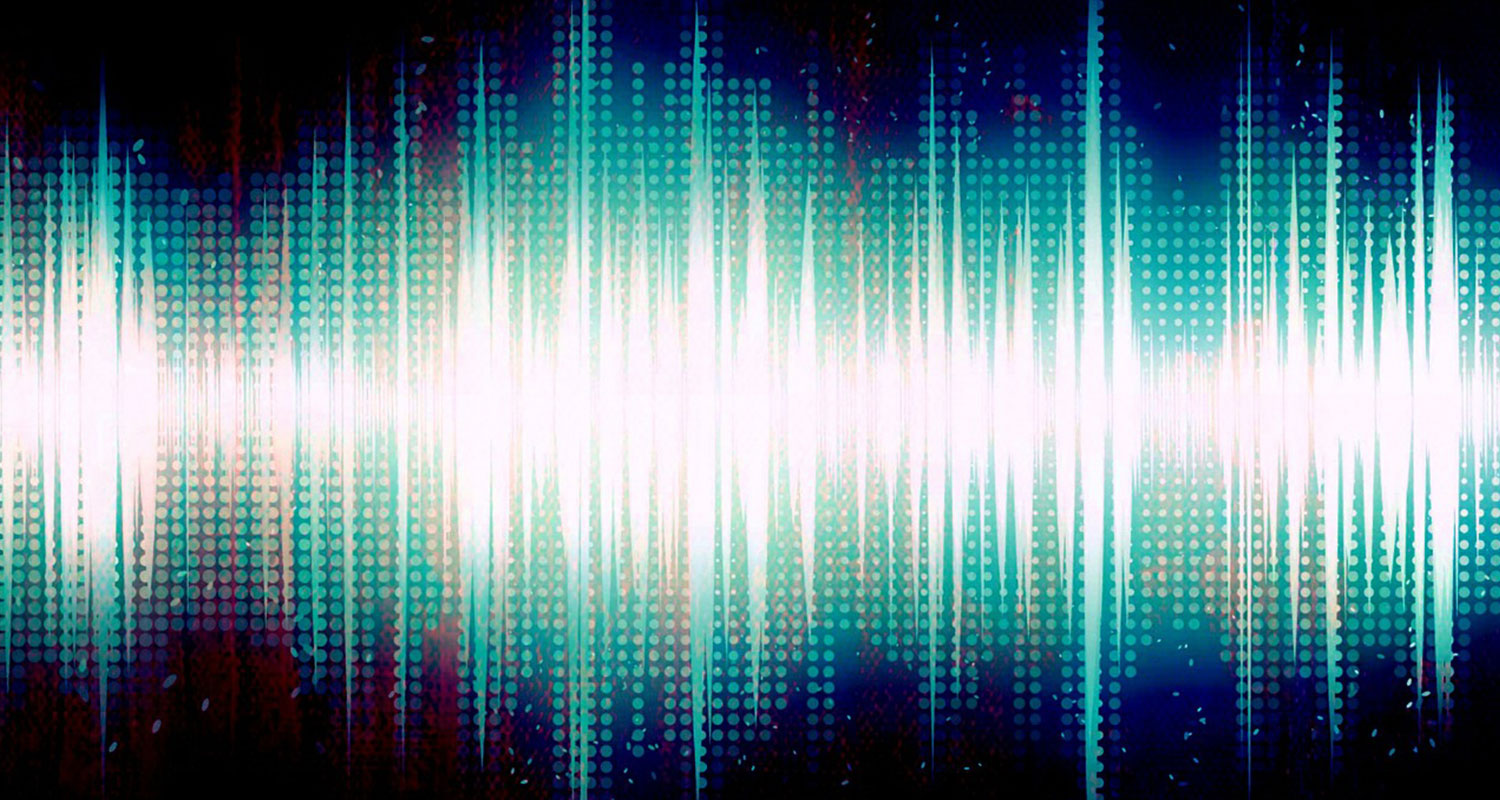When we think of illusions, we often consider what we can see, or rather what we think we can see. Remember that dress that spurred a viral debate in 2015 about whether it was #whiteandgold or #blueandback? It has been proven that our brain often “fill in the blanks” when presented with confusing information, forming images that are either not really there, or that may be interpreted differently by others. But what about auditory illusions? How do our ears play tricks on us and how do our brains react differently to auditory stimulation?
Auditory illusions
The aural equivalent of an optical illusion, auditory illusions also highlight the influence of neurological reflexes on our perception of reality. Just like visual illusions, our brain can interpret audio information in an unusual way. Ever felt like you have heard a noise that wasn’t really there or mistakenly heard someone calling your name in a crowd? Well, you’re not alone, and there are various reasons that can explain such phenomena.
Psycho-acoustics
The study of psycho-acoustics relates to how we perceive sound. Neurologists continue to explore the relationship between our primal survival instincts and our physical perception of the world around us. This relationship can explain in part how our senses activate in relation to one another, as well as how they are affected by the brain. The McGurk effect, for example, highlights to what extent visual triggers can affect what we hear. Psychology professor Diana Deutsch also discovered various “musical illusions“. Exploring the interaction between music and speech in particular, Deutsch’s tests allow us to gauge audio reception among different people.
Depending on which specific aspects of auditory sensations the tests are targeting, they may work better with headphones or speakers. Try Deutsch’s Phantom Words Test with our sleek Ultima 40 Mk2 stereo speakers, or test your auditory spatial awareness at the Virtual Barber Shop with our Mute BT headphones.
See more of our noise-cancelling headphones:
[product id=27512,26996,27455]
Expectations shape reality
The phenomenon of phantom words highlights the influence that our brain’s sense of expectation can have on what we hear. This can be tested by listening to altered versions of well-known songs. Converting an audio file from mp3 to MIDI and then back to mp3 distorts the sound to produce a series of frantic piano notes. However, if you listen to the instrumental version (fair warning – it sounds pretty horrendous at first), you might still be able to “hear” the vocals and original arrangement. This is particularly true when the sound is accompanied by visual prompts, like in this music video. Whilst there is absolutely no vocal input on the audio track, your brain fills in the blanks and you end up hearing these so-called phantom vocals.
So why do we have different auditory experiences?
Whilst we literally hear with our ears, auditory sensation is produced in conjunction with our neurological functions and our perception of different situations. As proved by the above tests, we may receive sound that is literally distorted or unintelligible, and still understand something familiar as our brain attempts to make sense of this information. Deutsch suggested that many different factors can affect this perception. For example, our accent and speech patterns can affect the way that our brains process different frequencies and sound pitches. This means that different people may perceive the same set of notes as either ascending or descending depending on predetermined audio patterns.
Conclusion: psycho-acoustics and the power of assumption
- Just like visual illusions, our brain can also interpret audio information in an unusual way.
- This can be due to a range of factors, such as visual prompts and our own speech patterns.
- There are many different tests that can show the relationship between psychology and audio sensation.
- Our assumptions and prior knowledge can affect our overall impression of something that occurs in our present reality.





Leave a Reply